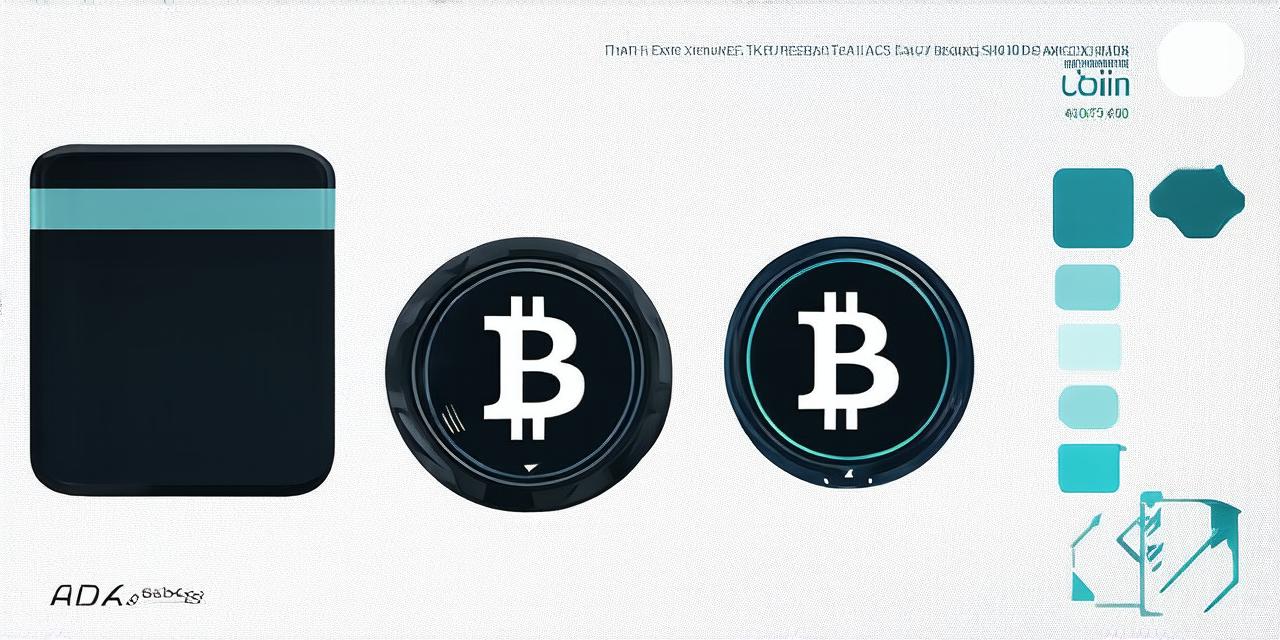
Uphold how to send crypto
As cryptocurrency continues to grow in popularity, more and more people are turning to digital currency as a way to store, spend, and invest their money. But for developers, sending crypto can be a bit of a mystery. In this article, we’ll explore the ins and outs of sending crypto, including how to do it securely, efficiently, and with minimal fees.
Understanding the basics of sending crypto
Before we dive into the specifics of sending crypto, let’s first understand some basic concepts. When you send crypto, you’re essentially transferring ownership of a certain amount of digital currency from one wallet to another. This process involves a few key steps:
- Identify the cryptocurrency you want to send: Different cryptocurrencies have different protocols for sending and receiving funds. It’s important to make sure you’re using the correct protocol for the cryptocurrency you’re working with.
- Get your wallet address: In order to send crypto, you need a wallet address – this is a unique identifier that allows you to receive digital currency. You can create a new wallet address or use an existing one, depending on your needs.
- Determine the amount to send: Once you have your wallet address and you’ve identified the cryptocurrency you want to send, you need to determine how much of that cryptocurrency you want to transfer. Be sure to keep track of any fees associated with sending your chosen cryptocurrency.
- Send your funds: With all the necessary information in hand, you can now send your funds from one wallet to another. This process typically involves initiating a transaction and confirming it on the blockchain – the distributed ledger that records all transactions related to a particular cryptocurrency.
Best practices for sending crypto
Now that we have a basic understanding of the process of sending crypto, let’s dive into some best practices that can help you do it safely and efficiently.
- Use a reliable wallet: When sending crypto, it’s important to use a reputable and secure wallet. There are many different types of wallets available, including hardware wallets, mobile wallets, and web wallets. Research and choose a wallet that best suits your needs.
- Double-check your information: Before initiating a transaction, be sure to double-check all the relevant information – including the cryptocurrency you’re sending, the wallet address you’re using, and the amount you’re transferring. This can help prevent mistakes and ensure your funds arrive where they’re supposed to.
- Use a stablecoin: A stablecoin is a type of cryptocurrency that is pegged to a stable asset – such as the US dollar – and is designed to maintain its value regardless of market fluctuations. Using a stablecoin can help you avoid the volatility associated with other types of cryptocurrency when sending funds.
- Consider transaction fees: Different cryptocurrencies have different transaction fees, which can vary depending on factors such as network congestion and demand. Be sure to factor in these fees when sending crypto to ensure your transaction is processed quickly and efficiently.
- Use a decentralized exchange (DEX): When sending large amounts of crypto or if you need to send funds across multiple cryptocurrencies, it may be more efficient to use a decentralized exchange (DEX) rather than a centralized exchange. DEXs are peer-to-peer marketplaces that allow users to trade directly with each other, without the need for intermediaries.
- Monitor your transactions: After you’ve initiated a transaction, be sure to monitor its progress on the blockchain. This can help you identify and resolve any issues that may arise during the transfer process.
Real-life examples of sending crypto
Now that we’ve covered some best practices for sending crypto, let’s look at some real-life examples to help illustrate how these concepts might be applied in practice.
Case Study 1: Sending Ether from one wallet to another
Let’s say you have some Ether (ETH) stored in a hardware wallet and you want to send it to a friend’s web wallet. Here’s how you might go about it:
- Open your hardware wallet app and navigate to the “Send” section.
- Choose “Ether” as the cryptocurrency you want to send.
- Enter your friend’s Ether wallet address in the “To” field.
- Determine how much Ether you want to send by entering a value in the “Amount” field. Be sure to factor in any fees associated with sending Ether.
- Review all the transaction details, including the amount and any fees, and confirm that everything looks correct.
- Initiate the transaction on your hardware wallet app and wait for it to be confirmed on the blockchain. This can take anywhere from a few minutes to several hours, depending on network congestion and demand.
Once your transaction is complete, you’ll see a confirmation in your hardware wallet app and your friend will receive the Ether in their web wallet.
Case Study 2: Sending Bitcoin across multiple exchanges
Let’s say you have some Bitcoin stored on one centralized exchange and you want to send it to a friend’s wallet on another exchange, as well as to a stablecoin wallet for your own personal funds. Here’s how you might go about it:
- On the first exchange, navigate to the “Send” section and choose “Bitcoin” as the cryptocurrency you want to send.
- Enter your friend’s Bitcoin wallet address in the “To” field.
- Determine how much Bitcoin you want to send to your friend by entering a value in the “Amount” field. Be sure to factor in any fees associated with sending Bitcoin.
- On the first exchange, initiate a transaction and wait for it to be confirmed on the blockchain. This can take anywhere from a few minutes to several hours, depending on network congestion and demand.
- On the second exchange, navigate to the “Deposit” section and choose the stablecoin you want to deposit.
- Enter your own stablecoin wallet address in the “To” field.
- Determine how much of the Bitcoin you want to convert to stablecoin by entering a value in the “Amount” field. Be sure to factor in any fees associated with converting Bitcoin to stablecoin.
- On the second exchange, initiate the transaction and wait for it to be confirmed on the blockchain. This can take anywhere from a few minutes to several hours, depending on network congestion and demand.

Once all transactions are complete, your friend will receive their Bitcoin in their wallet and you’ll have stablecoin funds in your own wallet for personal use.
Summary
Sending crypto may seem daunting at first, but with a little bit of knowledge and practice, it can be a straightforward process that allows you to easily transfer digital currency between your various wallets. By following best practices like using a reliable wallet, double-checking your information, and monitoring your transactions, you can ensure a safe and efficient transfer of funds.

